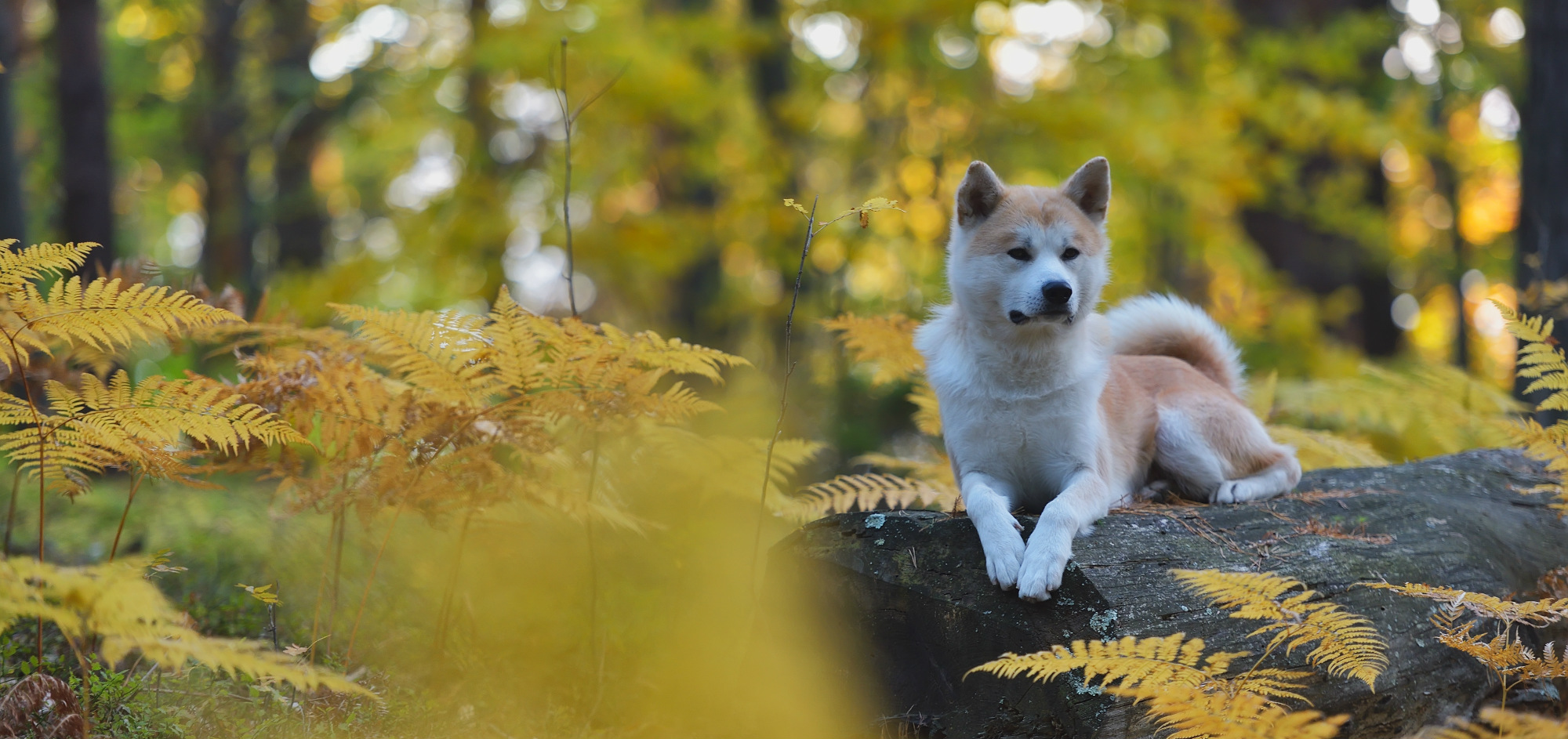
Breed summaries – Akitas!
The Akita originated in Japan, however there are two distinct breeds of Akita that have come from the original foundation: Japanese and American. Many countries will not allow for the interbreeding of the two breeds, while in the United States it is permissible, but not often done. So what did the esteemed team at UC Davis and Dr. Niels Pederson, DVM PhD find in regard to the two breeds? You can read the breed report at UC Davis here.
Inbreeding – how genetically similar are the parents of typical Akitas?
What has been found for each breed of Akita?
According to the report:
The median IR value for [American Akita] population is +0.074 (Table 3; Fig. 2), but with individuals scoring as low as -0.270 (most outbred) and as high as +0.383 (most inbred). One half of the population had IR scores of +0.074 to +0.383 and one fourth between+ 0.159 and +0.383.
Meaning? One fourth of American Akitas have high inbreeding levels and could benefit from outcrossing – but must ensure that their outcross is really an outcross and their linebreeding is not too close. In inbred populations, most individuals have all the same ancestors, and most pedigrees can make very genetically similar dogs seem unrelated. DNA testing will offer more accurate estimates of genetic similarity.
What about Japanese Akitas? From the report:
The least inbred dog scored -0.394 and the most inbred dog 0.470. One half of the dogs have IR scores from +0.017 to +0.472 and one fourth have scores from +0.100 to +0.472. However, the IR peak is actually bimodal, suggesting that there are actually two populations within one. It can be concluded that the [Japanese Akita] population contains more inbred dogs than the [American Akitas].
Meaning? Japanese Akitas as a population are even more inbred as a breed than American Akitas, and individuals have high inbreeding levels. This population could also benefit from outcrossing – but again must be certain any outcross is really an outcross and their linebreeding is not too close via DNA testing.
In both breeding populations, a good portion of the breed is highly inbred. An inbreeding measurement, or IR, of .15 or higher is considered very inbred.
Breed wide diversity
Biodiversity and allelic richness are terms we try to discuss regularly at BetterBred. Namely, how many different versions of genes or alleles exist in each breed? Breeds with more allelic richness and whose genetics are also well distributed throughout the population tend to be healthier. So what did they find about the Akita populations?
The first thing we notice when we look at the PCoA graph is that the Japanese and American Akitas are definitely distinct populations genetically with very little overlap.
From Dr. Pedersen’s report:
This analysis showed that [American Akitas] and [Japanese Akitas] were genetically distinct varieties and no registered [Japanese Akita] segregates with [American Akitas] and no [American Akita] with [Japanese Akitas].
But what about biodiversity or allelic richness? AKA has been found to have slightly more biodiversity as a breed, with slightly better distribution of that diversity, however both have moderate to low diversity in comparison to other tested breeds.
| Breed | Number of Dogs | Average Alleles | Effective Alleles |
| American Akitas | 117 | 6.33 | 3.02 |
| Japanese Akitas | 325 | 5.94 | 2.41 |
Average alleles per locus and effective alleles per locus are aspects that we discuss in these breed reports. The closer the effective alleles (we call these “alleles that are effectively contributing to your population”) are to the average alleles per locus, the better distributed the genetics in the breed are. Why would you want well distributed genetics? It keeps risk of unwanted recessive traits from appearing, lowers risk of random loss of diversity (called genetic drift) and it lowers the frequency of both simple and complex disease haplotypes that might intentionally become more common if there were a bottleneck.
Each breed should make an effort to raise their effective alleles per locus. How do you do this? You use BetterBred’s breed management software to breed for higher than breed average Outlier Index (OI). This measurement was created to help breed communities maintain healthy distribution of breed genetics or redistribute unbalanced diversity, even while they select for the traits they want in their dogs.
Diversity compared to village dogs
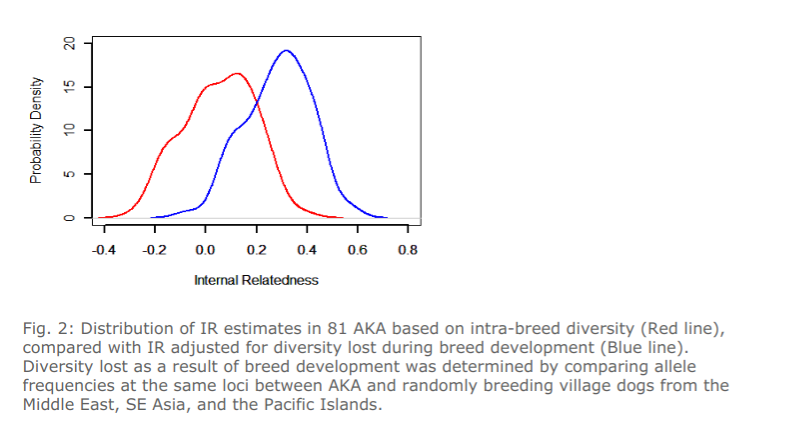 Dr. Pedersen’s hallmark comparison is to a combined population of village dogs. These domestic dogs have not been shaped by human effort, but instead have evolved through random breeding and natural selection. They therefore have a great amount of genetic diversity which is representative of the original diversity dogs had prior to modern breeding methods which changed them. Dr Pedersen therefore assesses the IR results based on only their own genetic data and compares them to their results using the village dog genetics – called IRVD. The difference between these two results illustrates the diversity that has been lost in each modern breed.
Dr. Pedersen’s hallmark comparison is to a combined population of village dogs. These domestic dogs have not been shaped by human effort, but instead have evolved through random breeding and natural selection. They therefore have a great amount of genetic diversity which is representative of the original diversity dogs had prior to modern breeding methods which changed them. Dr Pedersen therefore assesses the IR results based on only their own genetic data and compares them to their results using the village dog genetics – called IRVD. The difference between these two results illustrates the diversity that has been lost in each modern breed.
What was found for the two different breeds of Akita?
From the report:
It is also visually apparent by the degree of overlap between IR and IRVD curves (Figs. 2, 3) that [Japanese Akitas] have less genetic diversity than [American Akitas], i.e., the parents of [Japanese Akitas]are more related to each other than the parents of [American Akitas].
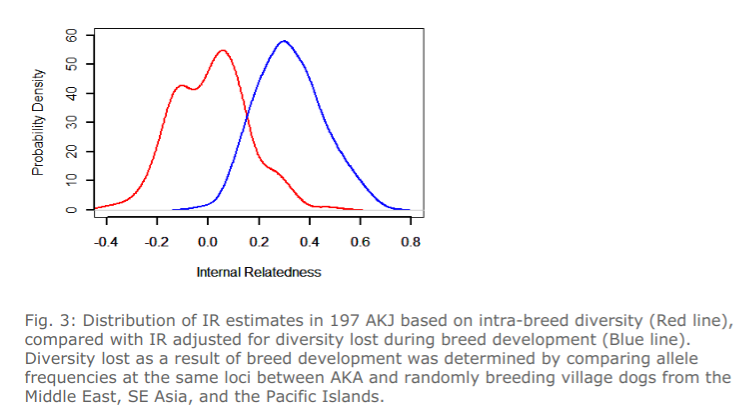 This shows that the average American Akita is about as closely related as offspring of full sibling village dog parents, providing that the parents of the sibling pair were random members of the village dog population. IRVD values progressively greater than +0.25 would mean that the parents of the sibling pair were also increasingly more related than dogs from a large, genetically diverse, random breeding population.The graph of IRVD values for the Japanese Akita shows an even greater shift to the right than for the American Akita, with the median value for the population being 0.301 with individuals ranging from -0.023 to +0.625 (Fig. 3). This is another indication that Japanese Akitas have lost more genetic diversity than American Akitas.
This shows that the average American Akita is about as closely related as offspring of full sibling village dog parents, providing that the parents of the sibling pair were random members of the village dog population. IRVD values progressively greater than +0.25 would mean that the parents of the sibling pair were also increasingly more related than dogs from a large, genetically diverse, random breeding population.The graph of IRVD values for the Japanese Akita shows an even greater shift to the right than for the American Akita, with the median value for the population being 0.301 with individuals ranging from -0.023 to +0.625 (Fig. 3). This is another indication that Japanese Akitas have lost more genetic diversity than American Akitas.
To summarize, both breeding populations have high levels of inbreeding and have lost significant a amount of diversity through breed development, with Japanese Akitas having lost more biodiversity and have higher levels of inbreeding than American Akitas.
DLA – A look at the immune system
The DLA is the region of the dog’s genome that controls the immune system. The canine diversity test at UC Davis identifies the most regions of the DLA of any commercial test currently available. It definitively identifies both Class I and Class II DLA haplotypes, not just whether certain genes within them are homozygous or not. VGL labels each haplotype as numbers, but these numbers do not change from generation to generation. A puppy has two Class I and two Class II DLA haplotypes, one of each inherited from each parent. You can read more one DLA and its use in a breeding program here.
From the report:
[American Akitas] and [Japanese Akitas]tend to share the same major haplotypes, such as 1029, 1081, 2037 and 2056. However, relative frequencies of these haplotypes vary between [American Akitas] and [Japanese Akitas], with 1029 occurring 16.4% vs 27.8%, 1081 40.3% vs 15.3%, 2037 16.4% vs 27.6%, and 2056 59% vs 16.6% in respective varieties (Table 3). Three DLA class I haplotypes in [American Akitas] (1029, 1081 and 1082) and four in [Japanese Akitas] (1029, 1061, 1081 and 1092) were found in 75.4% and 89.2% of each respective variety. Two DLA class II haplotypes in [American Akitas] (2037, 2056) and four in [Japanese Akitas] (2035, 2037, 2056, and 2057) were found in 75.4% and 89.8% of the respective variety. The major class I and II markers in [Japanese Akitas] were present at similar frequency, while 1081 (40.3%) and 2056 (59.0%) were much higher than other major haplotypes. The haplotype and haplotype frequencies of Akita blends were more closely related to [American Akitas] than to [Japanese Akitas] (Table 3).
This supports the finding that both kinds of Akitas originated from the same foundation stock. Each population has DLA haplotypes that are poorly represented in the population. Breeders should make an attempt to breed for heterozygous DLA and seek out the less common DLA haplotypes to maintain what they have thus far, to avoid losing their DLA diversity through genetic drift.
Conclusion
From Dr. Pedersen’s report:
The goal for Akita breeders should be to produce a greater and greater proportion of puppies with IR scores less than 0, and with time even lower scores. This can be achieved by selecting parents that are as different as possible in their genomic STR alleles and allele frequencies. It is also important to rebalance diversity within the DLA region, especially for [American Akitas]. Even though genetic diversity is limited, it is nonetheless important to properly manage the diversity that exists.
This breed has sustained a moderate to low amount of genetic diversity compared to other breeds, but the genetic diversity appears to be fairly well distributed for what they have within these two different breeds. However, the DLA haplotypes are disproportionately distributed within the breed.
Our recommendation
Breeders should strive to maintain the genetic diversity that is still present within the breed, as well as seek out less related mates to keep down inbreeding. When all else is equal, seek for the less represented DLA haplotypes and heterozygous (two different kinds) of DLA haplotypes. Breeders should strive to breed for higher than average OI, lower than breed average IR (inbreeding) in order to raise your breed’s effective alleles per locus.
You can order your test here today and hit the ground running with our revolutionary breed management software!
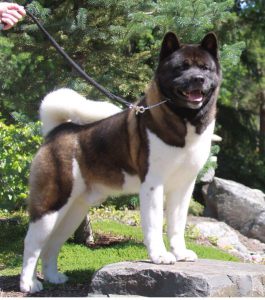
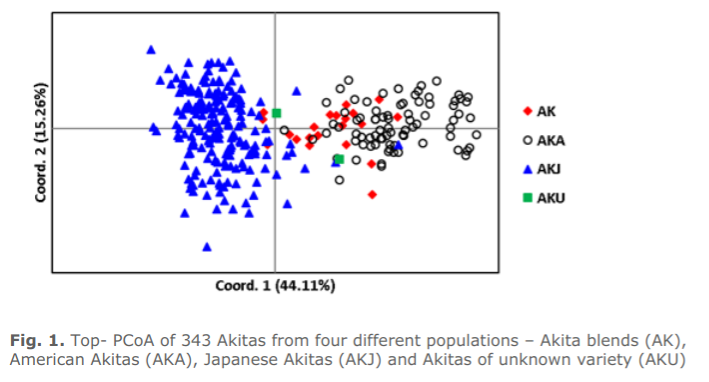
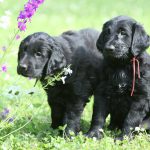 Previous Post
Previous Post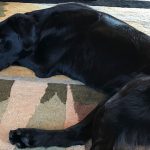 Next Post
Next Post


